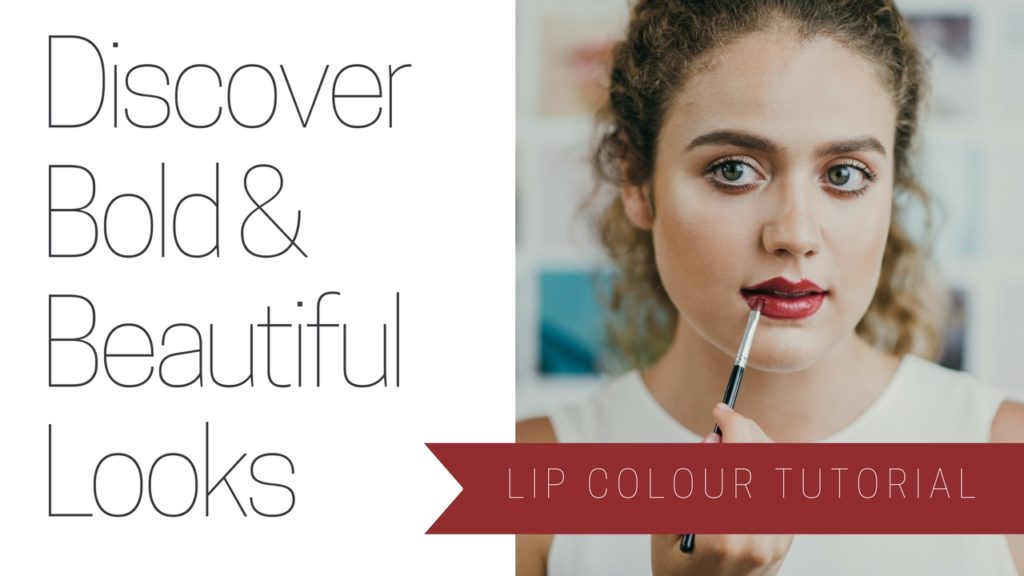Successful content marketing requires a strong sense of purpose. Content pillars help you stay focused and root your strategy in good SEO techniques.
Who are you creating content for? Only once you’ve answered this questions can your content pillars take shape. First gain a clear understanding of your target audience – otherwise known as ‘buyer persona(s)’. Then you can begin to develop the content pillars that will steer your content marketing strategy.
What Are Content Pillars?
A content pillar is a key theme that will dictate many of the articles, videos, e-books, infographics and blog posts that follow. Usually a content pillar is cemented with one or more particularly strong and in-depth pieces of content. These are typically labelled ‘bedrock content.’ They can be spun into many smaller articles and linked back to the bedrock content. This creates a spider’s web of related and relevant content.
Read more: How to Create the Perfect Piece of Bedrock Content
The benefit of content pillars is that they help you stay focused and relevant for your buyer personas. When deciding upon a content pillar, think about the keywords you will routinely use to anchor your articles in good SEO practice.
The best content pillars provide the foundations for a brand to become one of two things: a thought leader or a problem solver.
Content Pillars vs. Brand Pillars
Sitting behind strong content pillars are key brand pillars that guide your brand’s presence across all media, including content. These key goals (or mission statements) encompass a brand’s identity, purpose, values, tone of voice, positioning and look and feel.
Content pillars must be born from these brand pillars. For example, if your brand is all about affordable sofas, a content pillar dedicated to luxury sofas with astronomic price tags may risk alienating your audience.
How Broad Should Content Pillars Be?
Content pillars shouldn’t be too specific. They should act like the trunk of a tree with the potential for many branches of conversation, question and analysis.
It is up to you how many content pillars you choose to use in your content marketing strategy. However each pillar should be in line with your brand and offering. They should also address the needs and values of your target consumer.
Top Tip: If you need content inspiration, take a look at our article on ‘content types’. When used in conjunction with content pillars you’ll have relevant content that your audience will want to read.
What Is Bedrock Content?
Bedrock content introduces as many relevant concepts as possible – within the umbrella of your key concept theme – to your target audience. It could take the form of an article, extended blog post or special report. Use your specialism as a business to include interesting and insightful information that your audience will enjoy.
Remember: Every content pillar you create should have at least one piece of bedrock content.
Focus on a natural tone of voice, like you’re having a conversation, while also incorporating keywords that relate to your theme. Overall, quality bedrock content will offer plenty of opportunities for further conversation. If it reads like the end of the story, it’s unlikely to be a piece of bedrock content.
Bedrock Content Leads to Core Themes
Bedrock content introduces as many ideas, relevant topics and themes as possible. In essence, it is the perfect overview of your content pillar.
The next stage is to consider the core themes from your bedrock content that are worthy of their own articles, videos, infographics or e-books. These core themes are like deep dives into a niche area – offering even more information than your bedrock content.
Top Tip: Are you struggling to develop fresh content ideas? Take a look at our article on diverse content types to keep your audience engaged.
For example, the content pillar is ‘the best affordable sofas’ and the bedrock content is ‘the ultimate sofa buying guide’. Within the buying guide there is a section dedicated to the stuffing inside sofa cushions. The core theme to be developed is sofa cushion stuffing!
It is essential to link from your cushion stuffing article back to the bedrock content.
Core Themes Lead to Topics
The story doesn’t stop at core themes. What related expertise can you share with your audience? Can you answer their questions? Topics are likely to be shorter articles with less longevity, but they are vital for keeping your content marketing fresh and up-to-date. Just don’t forget to link back to your core theme content.
Read more: Where to Find Content Inspiration
Content Pillars For Social Media
Planning is essential for all social media activity, focusing on a specific target audience and key message. The foundation of all social media strategies should be your content pillars.
How-To Guide: Content Pillars for Social Media
They will determine the type of content you share and across which channels. The following example, dedicated to lipstick, demonstrates how this should play out in practice.
Content Pillars: Example
Below is a simplified, fictional example of how content marketers will use content pillars to target consumers in a natural, but engaging way:
The Brand:
A cosmetics business specialising in make-up.
The Audience:
An in-depth buyer persona has revealed that the average customer is female, aged between 35-50, living in suburban areas.
The Customer Journey:
Analysis of the way consumers navigate the brand’s website reveals that they spend lots of time browsing lipstick colours. They often click on multiple shades, followed by high basket abandonment.
This suggests colours are not easily discernible. Perhaps more is needed to show shades in a more accessible way.
 Example: Cosmetics Company Bedrock/Spin-Off Content – Online Video Tutorial
Example: Cosmetics Company Bedrock/Spin-Off Content – Online Video Tutorial
The Content Pillar:
Lipstick Shades for Different Skin Tones
The Bedrock Content:
The essential guide to choosing the right lipstick shade for your skin-tone, including model images, videos and how-to tutorials.
The Core Theme:
A deep dive into choosing the perfect lipstick for extremely fair skin; choosing the perfect lipstick to make teeth appear whiter; choosing the perfect lipstick to suit a cool undertone complexion.
The Topics:
How-to videos, make-up artist top tips, different shades within a particular grouping, lip-liner advice, catwalk trends, seasonal trends, celebrity looks, day-to-night styling… and many more!
Need inspiration? Look to beauty brand Glossier, for its simple but highly-effective blog. We also like Intrepid Travel and Rip Curl for their concentrated approach to content.
If you need support to develop your brand or content pillars, then please get in touch with The William Agency.







0 Comments